Hurricane Patricia is racing towards southwestern Mexico and the monster storm has been called the strongest tropical cyclone on record, according to the U.N.’s World Meteorological Organization.

So how does it compare to other hurricanes? Well, here’s what we know about the storm so far.
The UN weather agency said Patricia’s maximum sustained winds had increased to 325 km/h, the highest designation on the Saffir-Simpson scale used to quantify a hurricane’s wind strength.
IN PHOTOS: Hurricane Patricia approaches Mexico
The Category 5 storm is being compared by the UN with Typhoon Haiyan, which devastated the Philippines two years ago leaving more than 7,300 people dead or missing. Super Typhoon Haiyan, which struck in November 2013, had estimated wind speeds of 235 km/h and affected roughly 11 million people according to the UN. Patricia’s winds are nearly 100 km/h stronger.
READ MORE: Hurricane Patricia is strong enough ‘to get a plane in the air and keep it flying’
Warnings have been issued along Mexico’s Pacific Coast and the director of the country’s National Water Commission says the storm is powerful enough to lift up automobiles, destroy homes, and will be able to drag people caught outside.

The Hurricane Center in Miami warned that storm preparations should be rushed as coastal flooding, destructive waves and flash floods are possible
“This is an extremely dangerous, potentially catastrophic hurricane,” meteorologist Dennis Feltgen told the Associated Press.
The U.S. National Hurricane Center (NHC) said the storm is also expected to bring rainfall of 15 to 30 centimetres, with isolated amounts of up to 50 centimetres in some locations.
IN PHOTOS: Images of the devastation of Typhoon Haiyan
The NHC is warning Patricia storm could make “potentially catastrophic landfall” in Mexico’s resort town Puerto Vallarta and port of Manzanillo later Friday.
But exactly how powerful is Hurricane Patricia? Here is a look at how this storms measures up to others in recent memory.
Hurricane Sandy
Sandy was the deadliest and most destructive storm of the 2012 Atlantic hurricane season, which first made landfall in northern New Jersey Oct. 29, 2012 according to NASA.
The Category 3 storm was responsible for at least 147 deaths in the Northeast United States, Canada, and the Caribbean, according to a report by NHC. Superstorm Sandy was also labelled as the second costliest hurricane in U.S. history causing an estimated $50 billion in damage.
“At least 650,000 houses were either damaged or destroyed as a result of the cyclone, with the vast majority of the damage caused by storm surge and/or waves,” the report said.
Despite the devastation wrought along the Atlantic coast the storm made landfall with sustained wind speeds of 95 km/h and gusts of up to 110 km/h, roughly 115 km/h less than Hurricane Patricia.
Hurricane Katrina
On Aug. 29, 2005, Hurricane Katrina slammed into the southern U.S. states of Louisiana and Mississippi and became the costliest natural disaster in American history.
Katrina was the last major hurricane measuring on the Saffird-Simpson scale as a Category 5 with sustained winds of 200 km/h.
The ensuing floods when levees and flood walls protecting New Orleans, Louisiana, failed left more than 80 per cent of the city under water and more than 1.7 million people lost power.
READ MORE: 10th anniversary of Katrina met with church bells, prayers and celebrations
In total, nearly 2,000 people were killed, thousands lost their homes, and it cost the U.S. more than $108 billion, according to the NHC.
The slow response to the storm by the George W. Bush administration and the Federal Emergency Management Agency (FEMA) was heavily criticized and many argued led to a higher death toll. Ten years after the storm parts of New Orleans have yet to be rebuilt.
Hurricane Andrew
Andrew, a Category 5 storm, that struck in August 1992 was the first severe hurricane to hit southern Florida in 27 years.
Hurricane Andrew brought 233 km/h winds and gusts up to 273 km/h and a 5-metre high waves. Andrew left more than 44 dead and caused more than $25 billion in damage, mostly in Florida, according to the NHC.
“A combination of good hurricane preparedness and evacuation programs likely helped minimize the loss of life,” the NHC said.
Around 250,000 people were left homeless and the storm was even powerful enough to damage coral reefs off the Florida coast.
*With files from the Associated Press




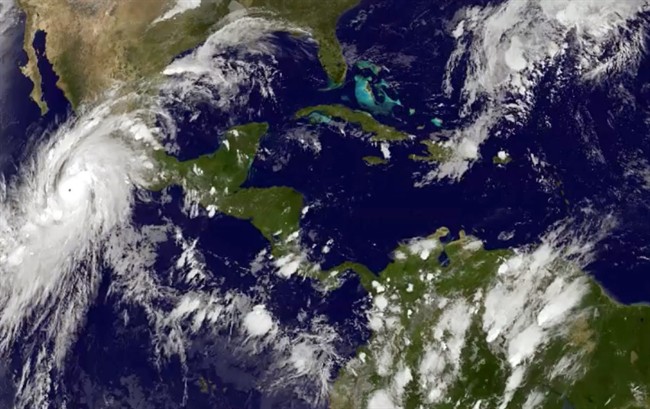





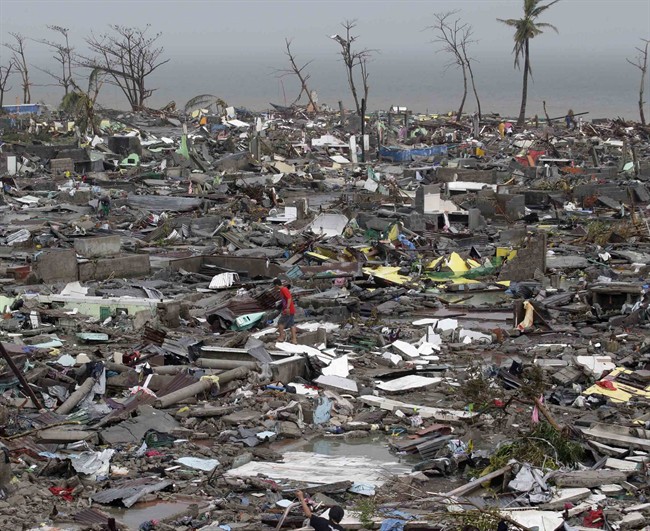





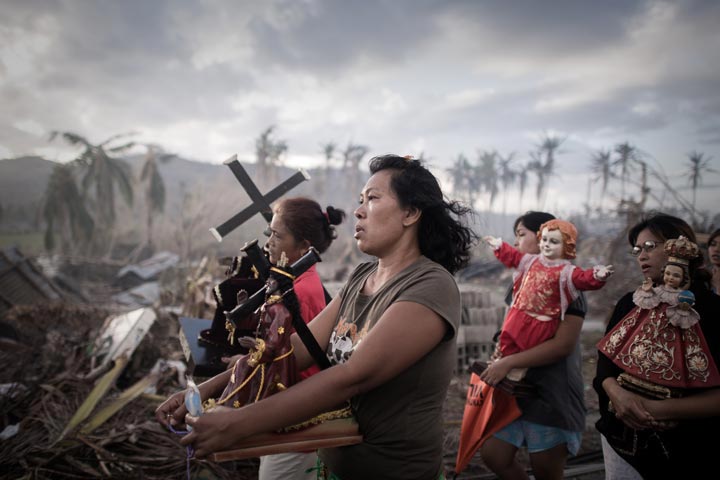



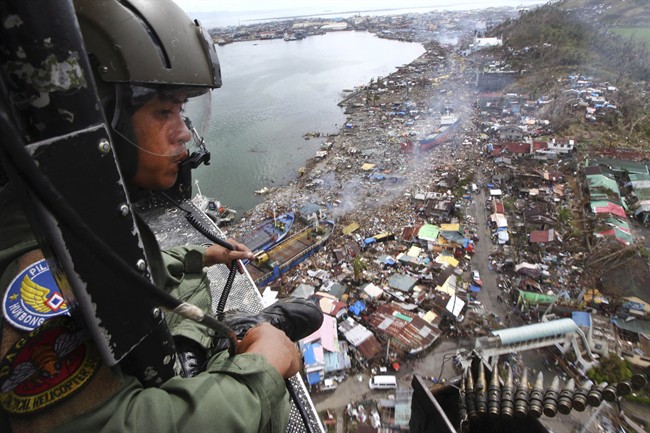















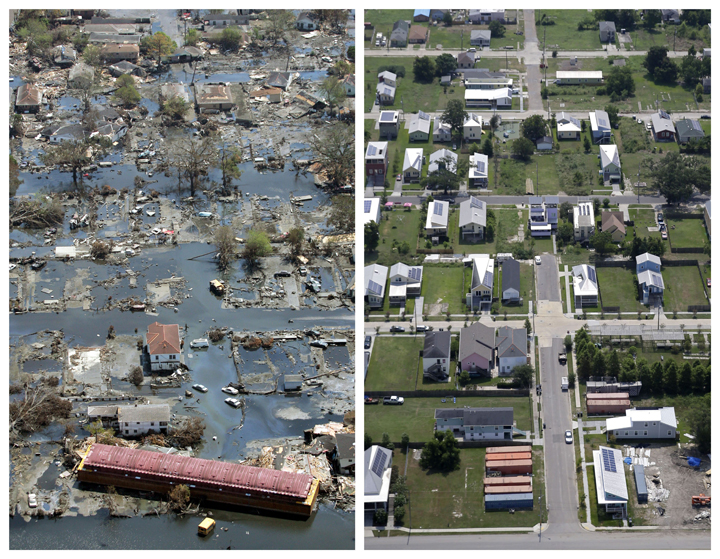

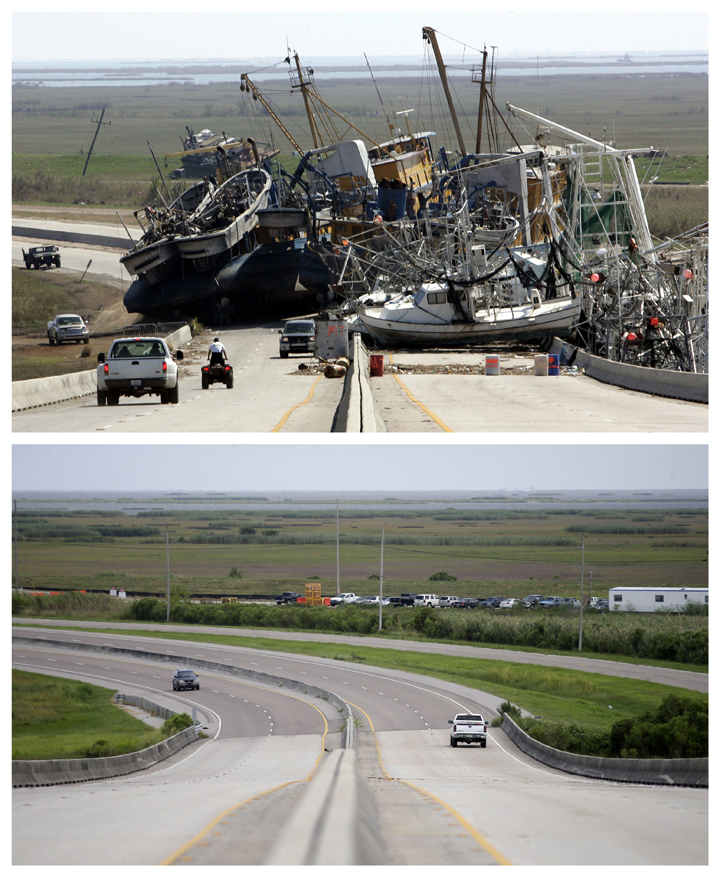

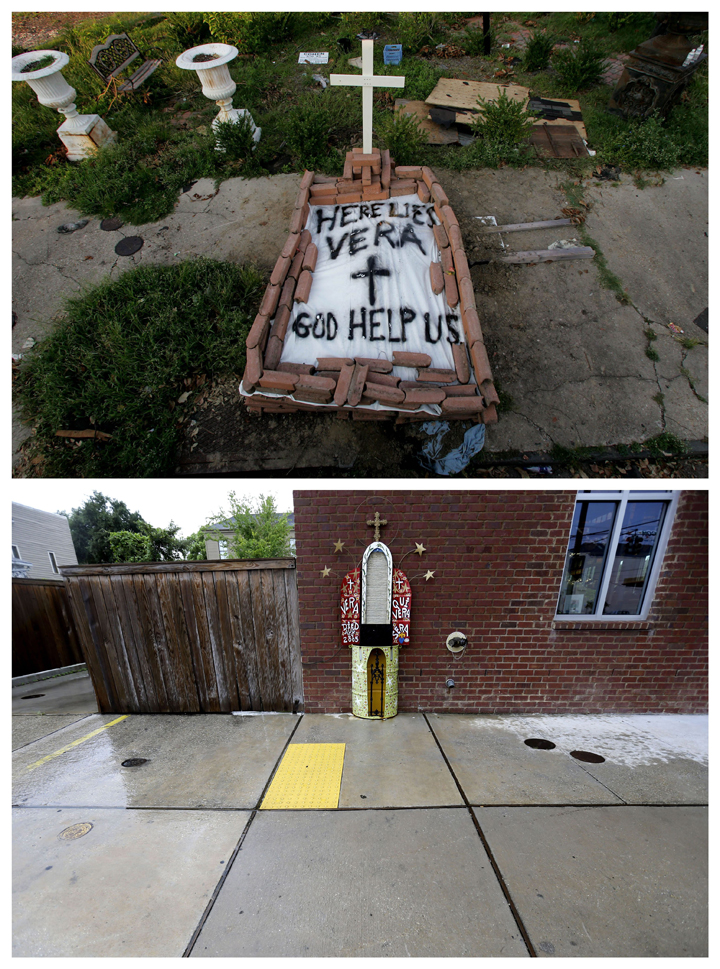











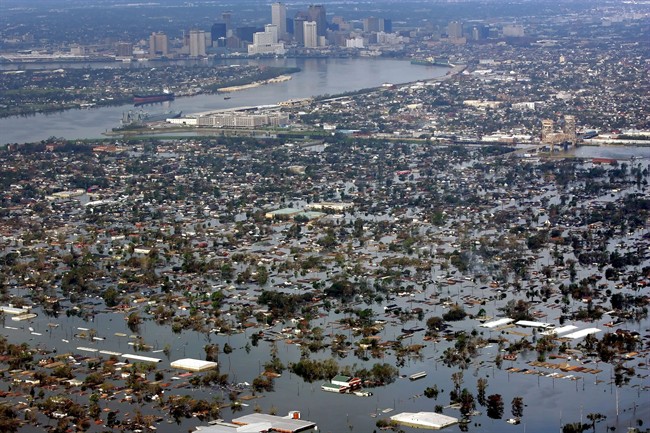







Comments